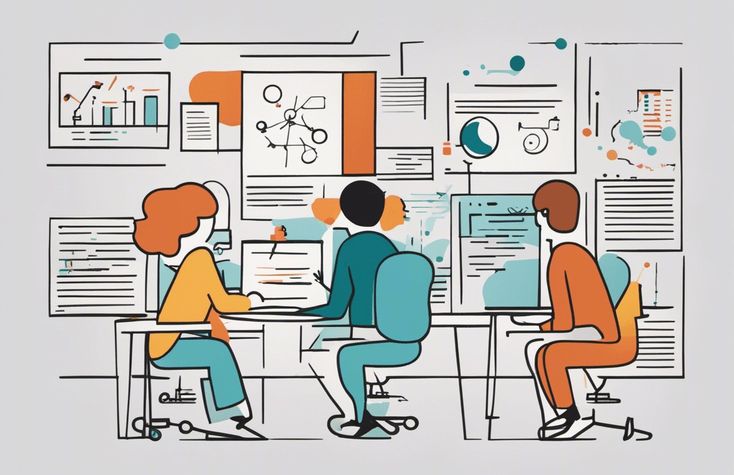Data Demystified: Busting Myths About HR Analytics

In today’s data-driven world, HR analytics is no longer a futuristic concept, but a powerful tool shaping the future of people management. However, some misconceptions persist, creating a fog of confusion around this dynamic field. Let’s debunk some of the most common myths and shed light on the true potential of HR analytics:
Myth #1: HR Analytics is All About Cold, Hard Numbers
Busted! While data plays a crucial role, HR analytics isn’t about replacing the human touch. It’s about complementing intuition with objective insights. Data empowers HR professionals to make informed decisions that consider both quantitative and qualitative factors, leading to a more well-rounded understanding of the workforce.
Myth #2: Data Analytics is Only for Big Companies
Busted! HR analytics isn’t just for Fortune 500 companies. The beauty of data analytics lies in its scalability. Even small businesses can leverage data from existing sources like performance reviews and employee surveys to gain valuable insights and make smarter HR decisions.
Myth #3: HR Professionals Need to Be Data Scientists to Use Analytics
Busted! While data science expertise is valuable, most HR analytics tools are designed with user-friendliness in mind. Many platforms offer intuitive interfaces, clear visualizations, and pre-built reports, making data exploration accessible to HR professionals with varying technical skillsets.
Myth #4: Implementing HR Analytics is Expensive and Time-Consuming
Busted! There’s a range of HR analytics solutions available, catering to different budgets and needs. Cloud-based platforms offer cost-effective solutions with minimal setup time. Additionally, the long-term benefits of improved decision-making and a more engaged workforce often outweigh the initial investment.
Myth #5: Data Analytics Will Lead to Employee Privacy Issues
Busted! Responsible data use is paramount. HR professionals must ensure compliance with data privacy regulations and implement robust security measures to protect employee information. Transparency is key; communicate how data is collected, used, and protected to build trust with your workforce.
Data is a powerful tool, and HR analytics empowers you to use it effectively. By debunking these myths, you can embrace the potential of data-driven HR practices and build a stronger, more successful workforce. So, ditch the misconceptions and start your HR analytics journey today!






Responses